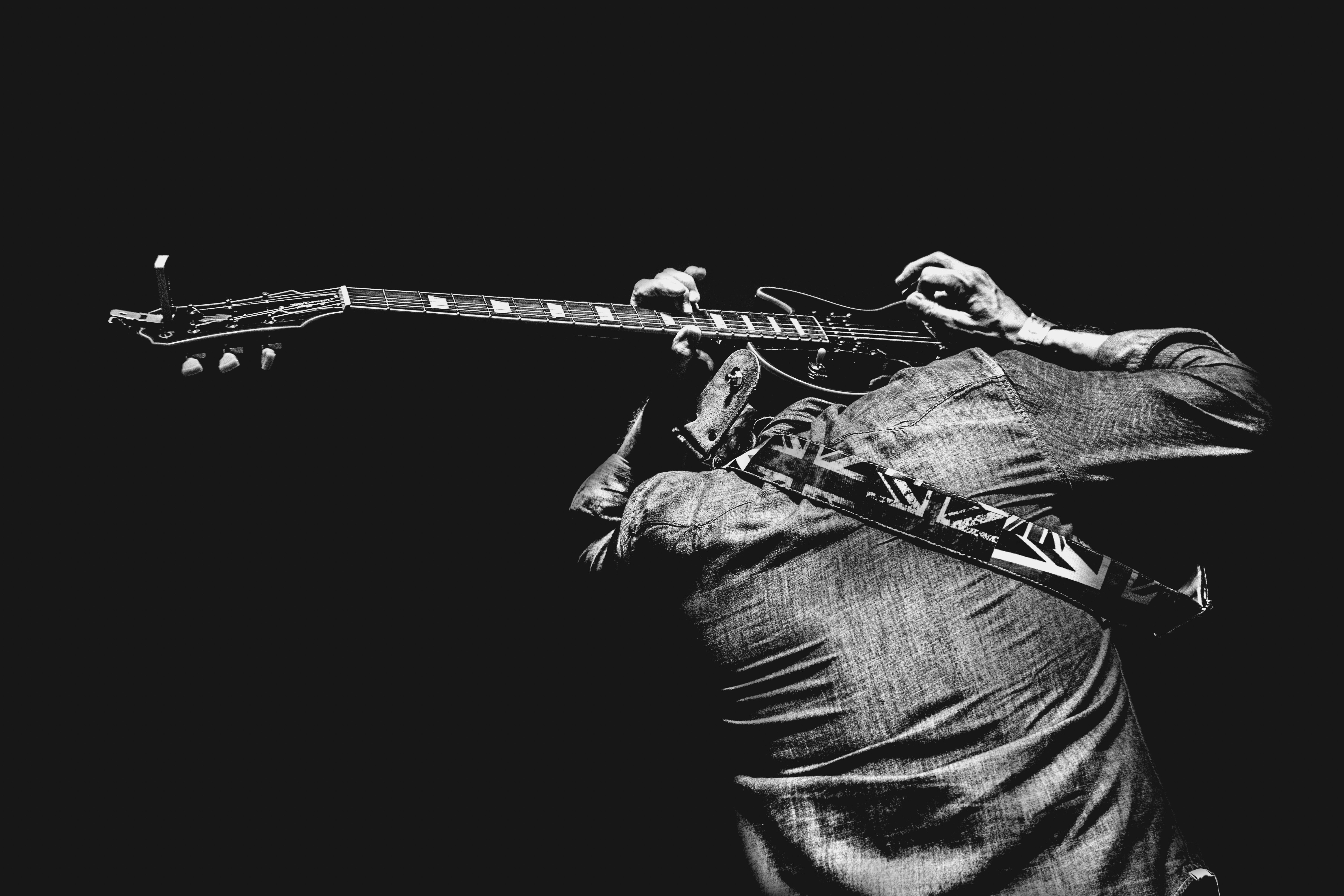👉 🇰🇷 한국어 버전 보기 → Watch the Korean version of this article

In 1960, the music world was on the brink of a major transformation.
Rock and roll had energized the youth of the late 1950s, but a new wave of rock music was just beginning to emerge.
In living rooms across America and Britain, radios and LP players crackled with Chuck Berry’s signature guitar riffs, while young listeners sought out records and live performances to find their own voice.
Music during this period was more than entertainment; it was a symbol of youthful identity and rebellion.
Artists of the time were experimenting with new ways to shape rock’s future.
Chuck Berry laid the foundation of rock and roll with his distinctive guitar playing and vocals, and tracks like “Johnny B. Goode” would go on to inspire countless musicians in the 1960s.
Ray Charles merged rhythm and blues with jazz influences, creating a sound that would foreshadow the evolution of soul and rock fusion.
Elvis Presley captivated audiences worldwide with his charismatic stage presence and unique vocal style.
Meanwhile, in the UK, Shadows and Cliff Richard built the foundations of British-style rock, setting the stage for the Beatles’ arrival in 1963.
Several albums and singles released in 1960 highlight the evolving rock scene.
Chuck Berry’s The Great Twenty-Eight exemplified classic rock and roll, combining rhythm and melody in ways that influenced generations of guitarists. Ray Charles’ The Genius of Ray Charles introduced innovative R&B-jazz fusions, hinting at the future direction of popular music.
Elvis Presley’s hits continued to dominate American airwaves, bridging rock and pop culture.
Examining key tracks, Chuck Berry’s “Johnny B. Goode” layered a driving guitar riff over a 12-bar blues structure, creating a sound that would later influence hard rock and heavy metal. Ray Charles’ “Georgia On My Mind” showcased sophisticated piano and orchestral arrangements, blending emotive vocals with flawless melodic lines.
Elvis’ “Are You Lonesome Tonight?” highlighted his emotional expression and smooth vocal delivery, connecting rock to pop sensibilities.
The American and British rock scenes diverged in style during this period.
The US favored improvisation and high-energy performances rooted in rock and R&B, while Britain leaned toward melodic, structured early beat groups. This divergence would later culminate in the British Invasion, reshaping the global rock landscape.
In living rooms equipped with McIntosh amplifiers and turntables, music became a cultural experience rather than mere sound.
Today, the rock music of 1960 is regarded not simply as music but as the dawn of a new musical era.
It marked a time when young people were discovering their voices and experimenting with instruments and sound. Listening to these tracks on original LPs or high-resolution digital audio, especially on Hi-Fi systems, brings the energy and creativity of that era vividly to life.
In conclusion, this post serves as the introduction to the rock music series.
The next article will focus on the notable albums and artists of 1961, continuing the stories of Chuck Berry, Ray Charles, Elvis, and the pre-Beatles British rock scene.
Through this chronological series, readers will gain a comprehensive view of rock music from the 1960s to the present.
#1960 #Rock #ClassicRock #ChuckBerry #ElvisPresley #RayCharles #RockOrigins #Turntable #60sRock #MusicCulture #HiFi #Vinyl #MusicHistory
'Music Archive' 카테고리의 다른 글
| 1960년 록의 탄생: 혁명이 시작되기 전의 음악 풍경 (0) | 2025.11.24 |
|---|
